ASTM A36 Angle
Product Details:
- Diameter Length : 6 m, 12 m, or customized lengths
- Recyclable non-recyclable
- Product Name Stainless Steel Products
- Steel Type Stainless Steel
- Steel Product Type Steel Sheets
- Grade ASTM A36
- Thickness From 3 mm to 20 mm
- Click to View more
ASTM A36 Angle Price And Quantity
- 20 Ton
- 57 INR/Kilograms
ASTM A36 Angle Product Specifications
- ASTM A36
- Length : 6 m, 12 m, or customized lengths
- Stainless Steel Products
- Steel Sheets
- 20 x 20 x 3 mm to 200 x 200 x 12 mm
- Stainless Steel
- Customized
- ASTM A36
- Construction
- non-recyclable
- Stainless Steel
- From 3 mm to 20 mm
- Other
ASTM A36 Angle Trade Information
- Standard, As per requirement,
- We are certified under the ISO 9001:2015 standard, with authorized distributor of Memorandum of Understanding (MoU) customer of the Steel Authority of India Ltd. (SAIL).
Product Description
ASTM A36 angle steel is a widely utilized structural steel component known for its versatility, strength, and affordability. It is commonly employed in construction, machinery, and various structural applications.‹
Key Features:
-
Composition: This low-carbon steel typically contains a maximum of 0.26% carbon, up to 0.40% silicon, and up to 1.03% manganese. These elements contribute to its weldability, machinability, and formability.‹
-
Mechanical Properties: ASTM A36 steel offers a minimum yield strength of 36,000 psi (250 MPa) and an ultimate tensile strength ranging from 58,000 to 80,000 psi (400-550 MPa). It also exhibits a minimum elongation of 20% over 8 inches (200 mm), indicating good ductility.‹
-
Dimensions: Available in both equal and unequal leg configurations, common sizes range from 20 mm x 20 mm to 200 mm x 200 mm for equal angles, with thicknesses between 3 mm to 20 mm. Lengths are typically offered in 6 m, 9 m, or 12 m, but custom lengths can be accommodated.‹
Advantages:
-
Cost-Effective: Compared to high-strength low-alloy (HSLA) steels, ASTM A36 is more economical, making it a preferred choice for budget-conscious projects.‹
-
Corrosion Resistance: When galvanized, A36 steel angles exhibit enhanced resistance to corrosion, extending their service life in outdoor or humid environments.‹
-
Ease of Fabrication: The material's excellent weldability and machinability allow for straightforward fabrication and assembly in various structural applications.‹
Common Applications:
-
Construction: Utilized in building frameworks, bridges, and support structures due to its strength and reliability.‹
-
Machinery: Employed in the manufacturing of equipment and machinery components where structural integrity is essential.‹
-
Towers: Used in communication and power transmission towers, benefiting from its load-bearing capacity and durability.‹
In summary, ASTM A36 angle steel serves as a fundamental material in numerous structural and industrial applications, offering a balance of strength, versatility, and cost-effectiveness

Price:
- 50
- 100
- 200
- 250
- 500
- 1000+

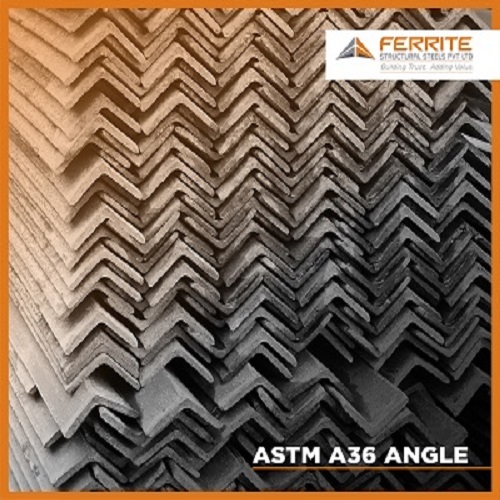
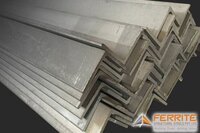
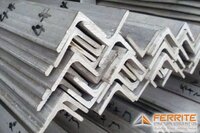
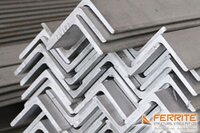
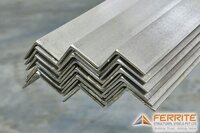
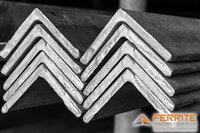






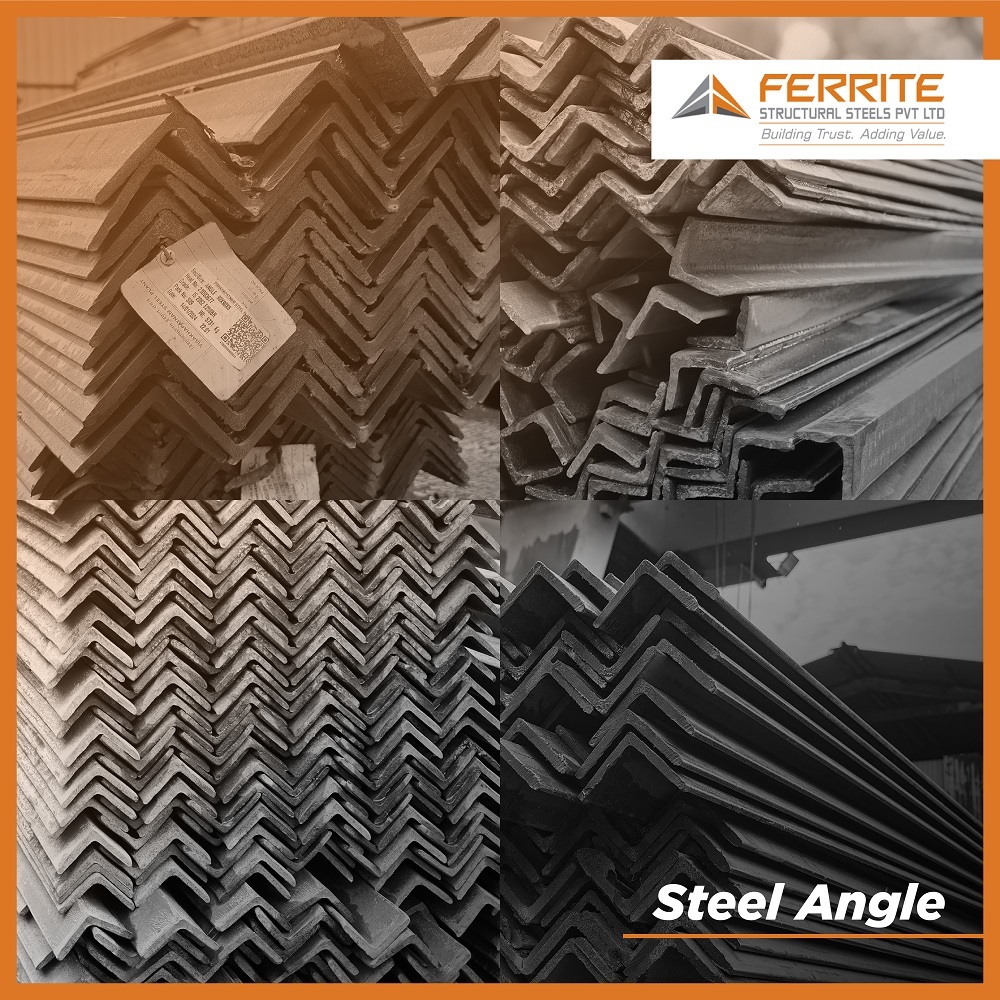
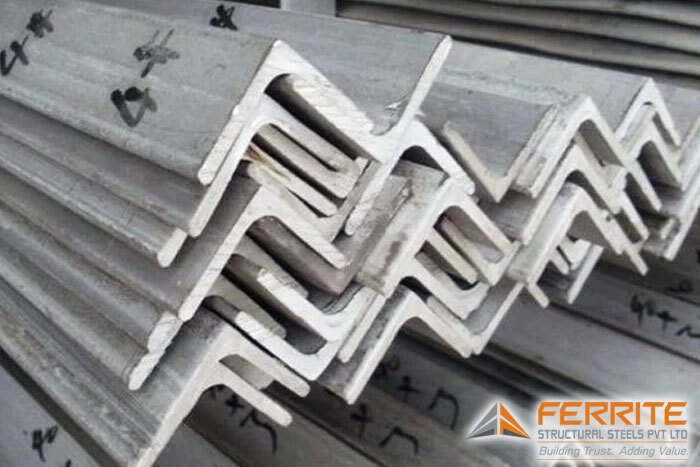
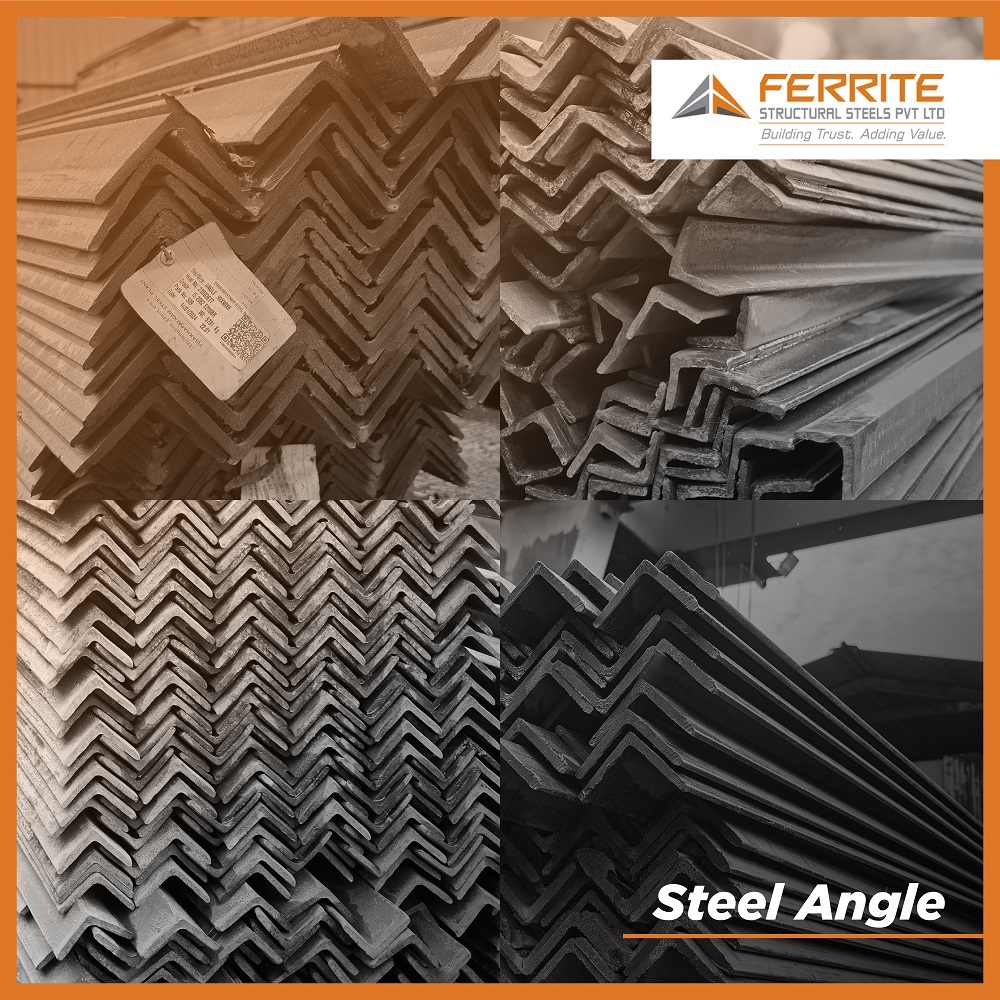
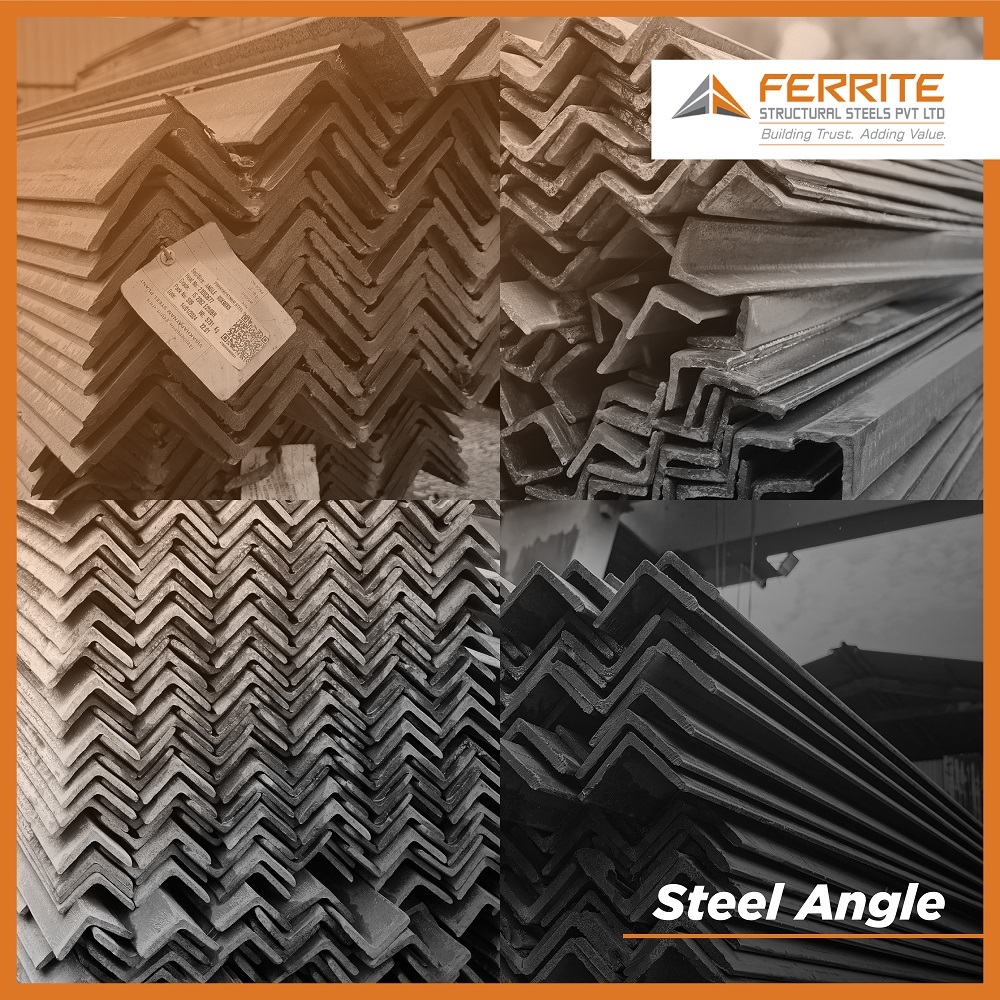
 Send Inquiry
Send Inquiry Send SMS
Send SMS Call Me Free
Call Me Free
